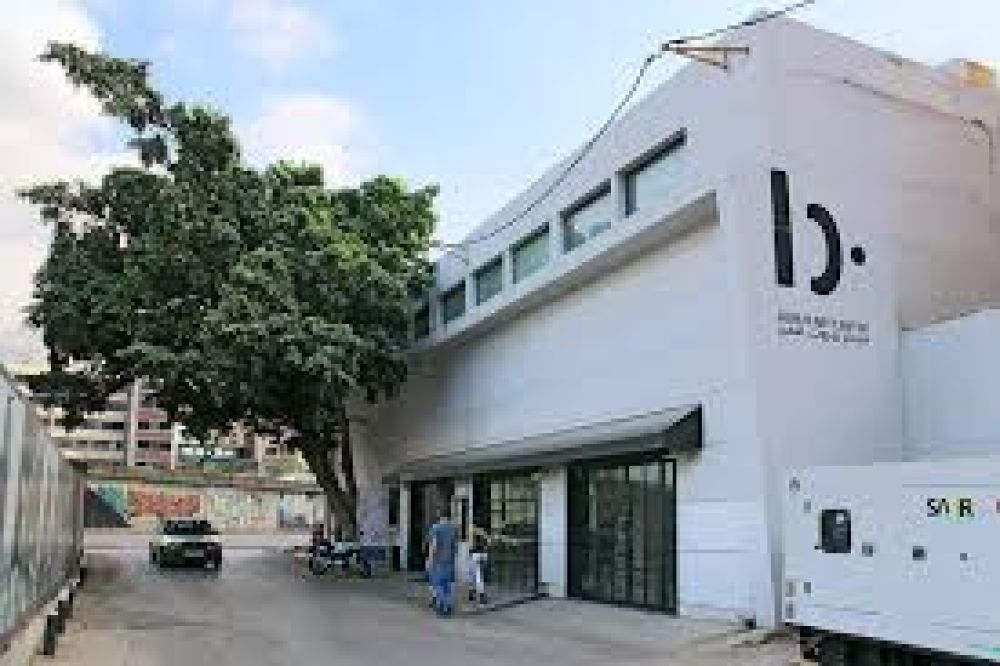

The Beirut Art Center (BAC) emerged as a non-profit association, space, and platform dedicated to contemporary art in Lebanon. Established by a group of artists, curators, and writers in 2009, it plays a significant role in enriching the cultural landscape of Beirut and has quickly become one of the leading venues for contemporary art in the city. The center's aim is to produce, present, and promote local and international contemporary art and cultural practice in a space free from commercial pressures. BAC achieves this by exhibiting artworks, organizing performances, film screenings, and educational programs.
Nestled in the industrial area of Jisr, the Beirut Art Center has introduced an avant-garde touch to the area, converting it into a beacon for artists and art enthusiasts. The annual program of BAC includes exhibitions by both emerging and established artists, supporting the dynamic creative scene in Beirut and enabling dialogue with the wider global arts community.
The Beirut Central District (BCD), also known as Downtown Beirut or Centre Ville, is the historical and geographical core of the city. It has been the focal point of Beirut's social, cultural, and economic life for decades. The area underwent extensive reconstruction after the Lebanese Civil War, spearheaded by the private real estate company Solidere, and has been transformed into a modern district while preserving its historical character. This includes rebuilding traditional Levantine architecture and refurbishing several Roman, Byzantine, and Ottoman ruins.
BCD hosts a range of premier restaurants, cafes, and luxury shopping venues, in addition to a cluster of banking headquarters and government buildings. The area is also famous for its vibrant nightlife and is a prime location for festivals and public events, making it an alluring destination for both locals and tourists alike.
Tourism in Lebanon has a rich history, rooted in the country's reputation as a land of diversity and beauty, often called the "Switzerland of the East" due to its mountainous landscapes and cosmopolitan culture. From the 1950s to the early 1970s, Lebanon experienced a golden age of tourism. Beirut was a center for tourism and finance, attracting visitors from across the Middle East and Europe with its cultural sophistication, vibrant nightlife, and liberal lifestyle.
However, the outbreak of the Lebanese Civil War in 1975 severely disrupted the tourism industry, causing a decline in international visitors. Following the end of the civil war in 1990, there has been a gradual revival of the tourism sector. The government and private sectors have invested heavily in rebuilding the country's infrastructure, promoting Lebanon's cultural heritage, natural beauty, and culinary delights.
In recent years, there has been a significant shift toward sustainable and experiential tourism, focusing on eco-tourism, agro-tourism, and adventure tourism to showcase the country's natural landscapes and biodiversity. Tourist activities such as wine tours, hiking, and cultural festivals have become increasingly popular, appealing to a broader range of travelers. As a result, Lebanon's tourism industry is adapting to the latest tourism trends while facing the challenges of economic and political stability.